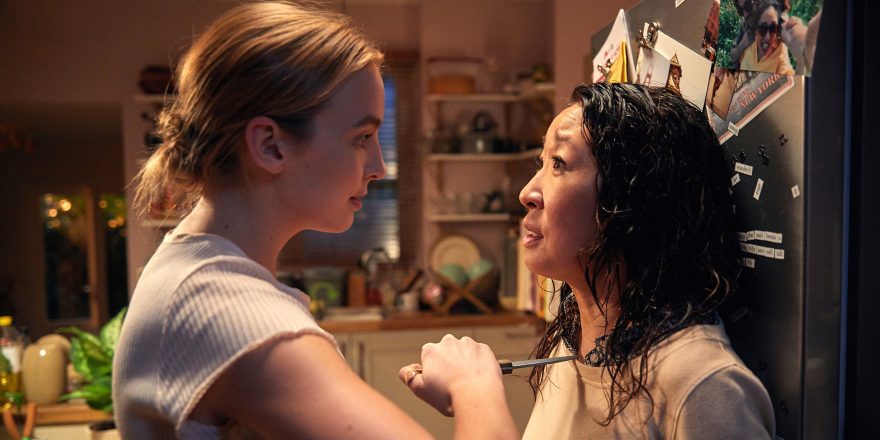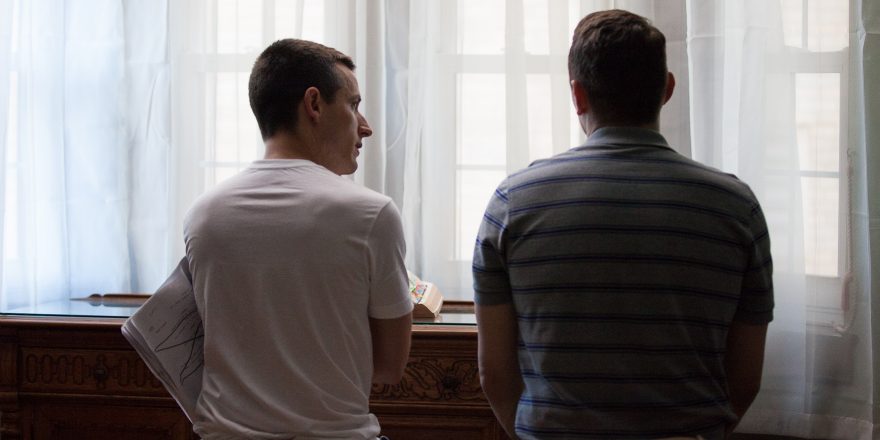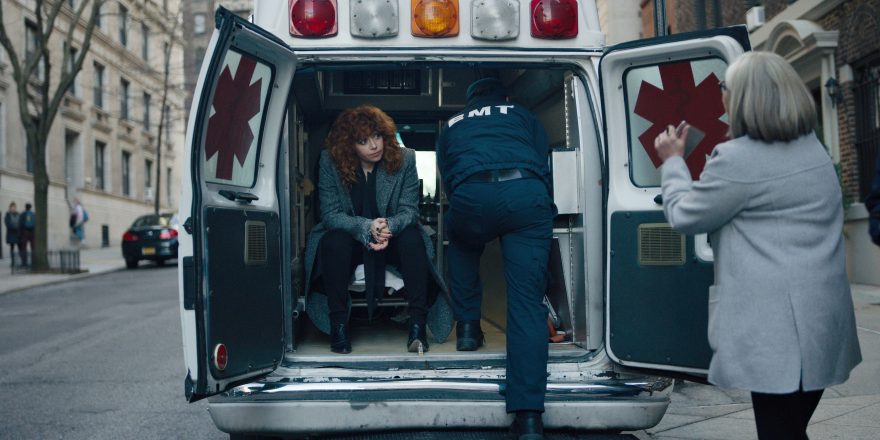When I was eight years old, I remember walking down the street as my older sister’s friends drove by in a car, giving a friendly honk as they passed. As they waved at me, I distinctly remember thinking: “They don’t know what a bad person I am. They have no idea that I’m going to end up a prostitute, or a spy for the wrong side.” Somewhere in an adjacent part of my imagination was another option: a vision of someone wearing a beret and high-waisted pants, smoking endless cigarettes and drinking wine around a little table outside a cafe (rapt in conversation with other people in high-waisted pants and berets). I was already donning the beret, and it wasn’t winning me friends or opportunities in the way I had envisioned. Hanging out in the second limb of the eucalyptus tree behind my house, I was waiting. Waiting for someone to find me. The person to discover me would be a stern, fit figure, appearing out of nowhere in the backyard to tell me I was a great climber and that I would go far as a secret agent. Or they were a woman with a sharply appraising eye — she would say that I had a hot eight-year-old body that could be very valuable in the world with just the right training. I would shimmy down the tree, take her hand, and walk right out of that yard. Or perhaps, a bespectacled figure with a brash yet clipped manner would come to deliver the message that my short novel, What About Bob (bound together with staples and hidden in an empty premade-cookie-dough tube) was about to be on the desk of someone very influential. Prostitute, double agent, bohemian, queer – somehow it was clear to my eight-year-old self that inevitably I would betray the terms given to me by society at large.
Enter Killing Eve, the television show of my eight-year-old dreams, and yes, I have been hoarding the second season. Smart and gallows-humor hilarious, it blends the forbidden queer eroticism of the old spy stories with a fresh kind of absurd wit and feminism. Led by two brilliant, intense leads, Eve Polastri (Sandra Oh) and Villanelle (Jodie Comer), this drama resides not in heroism, or a battle between good and evil, but in the thrill of each character’s mode of seeing each other, a refracted gaze that fits together like a magic analogue puzzle.
Villanelle is a predator with a genius for materials. Much like gay flagging in the ’50s, or Cold War espionage stories, the hints are all there if you have the language to read it. Although she is assassin rather than spy, we are reminded of the deliberate movement of a secret agent such as Sir Alec Guinness’ George Smiley – staring into the window of a tie shop while doing a Morse code dance with his umbrella, or carefully drawing chalk marks on the side of a post. His outcome in mind can only be approached through the most labyrinthine way. Villanelle is just as particular with her objects, but the only desired outcome is her own pleasure. She acts as a spirit of chaos in a world of convention and social codes. Her line of work pays her in blocks of cash which she trades in for objects of the ongoing-now. She’s always eating ice cream and throwing half of it away. She has exquisite taste and judges those details in other people — as she rifles through Eve’s stolen suitcase, she scoffs at the tepid middle-class financial prudence the garments so clearly illustrate. Moments before killing a man in a luxurious palazzo, she realizes she has one valuable piece of information to extract: the brand of the gorgeous silk throw on his bed.
Children always seem to be the first people to witness Villanelle in action. With a finger to her lips, The Demon Without a Face shows them, as she knocks over their sundae or sneaks out of their parents’ car, how simple the game is, and how easy it is to break the rules. Adults and their egos are too easily fooled; when going in for the kill, she often dons a uniform, playing the part of nurse, caterer, sex worker, mechanic. In another role play, assuming the part of naive ingénue fan breaks through to those in positions of power. Everything is a moment of Quixotic performance, including her periodic demonstrations to her overseers of her normality and sanity.

Enter Eve Polastri, who acts as the ideal reader of any writer/storyteller’s dreams, deciphering all of Villanelle’s dropped clues and formulating from them an identity, before her colleagues in MI5 know there is anyone there to find. Once Eve and Villanelle are aware of each other, they are aware of each other as bodies. Villanelle sends Eve gifts to seduce and delight her senses; an outfit that fits her perfectly, a wreath of white roses in her name. Eve takes each gift into her home, accepting them directly. No latex gloves or evidence bags for her; she tries on the dress that fits like a glove, and puts on the shoes to complete the picture. In a slow process of molting, Eve too enters the embodied now. Ushered in by the psychopath Villanelle, Eve joins MI6, and sees the world turn from a collection of clues to a field of sensation. With her finger, she traces a heart scratched into a banal surface. She sees a half-eaten apple in a dead boy’s hand and sees the garden of Eden.
In one of her most seductive moments of stealth, Villanelle drops a lipstick into Eve’s bag. At home later, Eve finds it, inspects it, reads its name: Love in an Elevator. Of course it is the perfect shade for her complexion. Smoothing it on, she gasps as her lip begins to bleed. The lipstick has a razor embedded in it. Turning the tube in her fingers, we see her marvelling at the way Villanelle has managed to create this tiny weapon with such elegant panache. She lets the blood drip down her lip knowing that her body is part of the ornament. The viewer sees Eve imagining Villanelle; Villanelle imagining Eve. When the question arises — do you like being watched or watching? — the answer is, of course, both. That, and more — seeing, and being seen, but also, feeling, and being felt.
In Killing Eve, the enemy is multifaceted — the shadowy threat of Season One, a group called the Twelve, is, in Season Two, refined into a multinational bodiless corporation. As so glibly remarked by Mr. Peel, CEO of some version of Facebook, Amazon, or Google: “You know that this is all over, right? Intelligence, secret service, nations, all of it. How can it go on, when companies like this one own more information than the Pentagon and MI6 combined? You’re done!” This is the new world order of gig economies imposed by the robber barons of our time, tech giants. Labor is for hire from a distance and the intricacies of living are a list of digital information impressions to be used towards private companies’ means. Powerful as this monolithic system is, Killing Eve shows us its fallibility. After all, what could you tell about Eve from her Amazon order history, the digital equivalent of rifling through her suitcase? What might you know about Villanelle by tracking her luxury goods purchases? Being digitally surveilled is nothing compared to being seen, being felt, being a body in the 4-D world. With embodiment comes the spirit of chaos — the anti-algorithm — and its transformative power to turn the world upside down, which, in Killing Eve, looks a lot like love.







